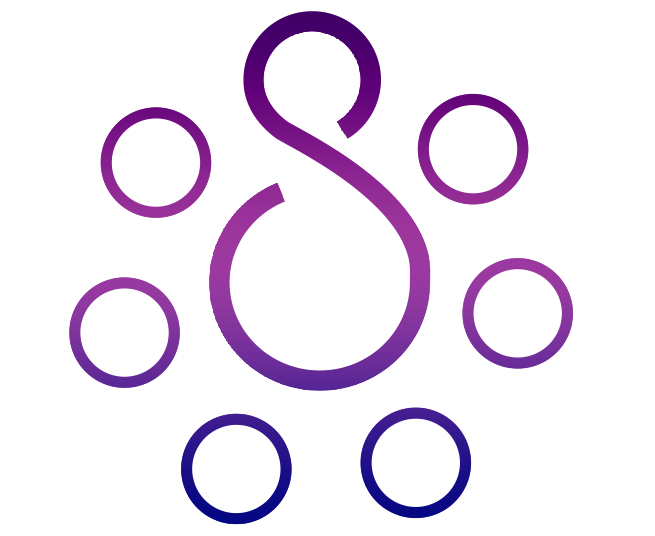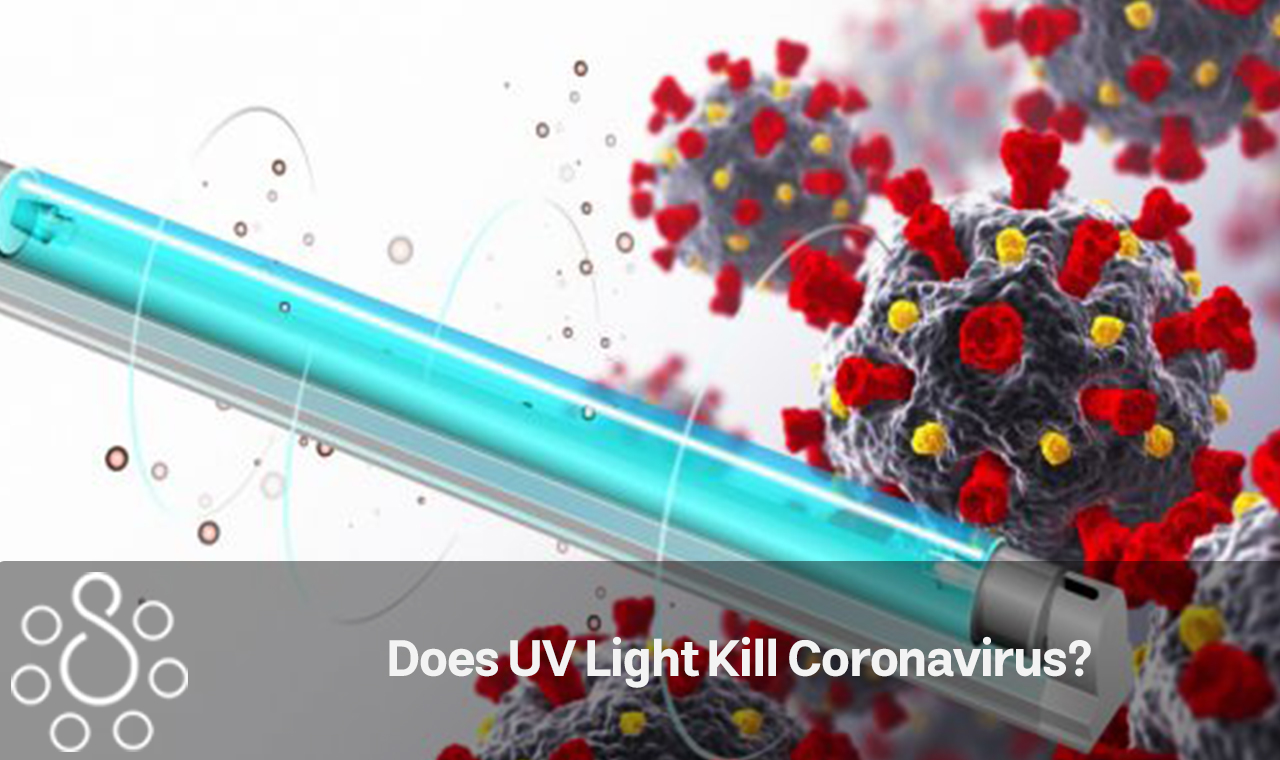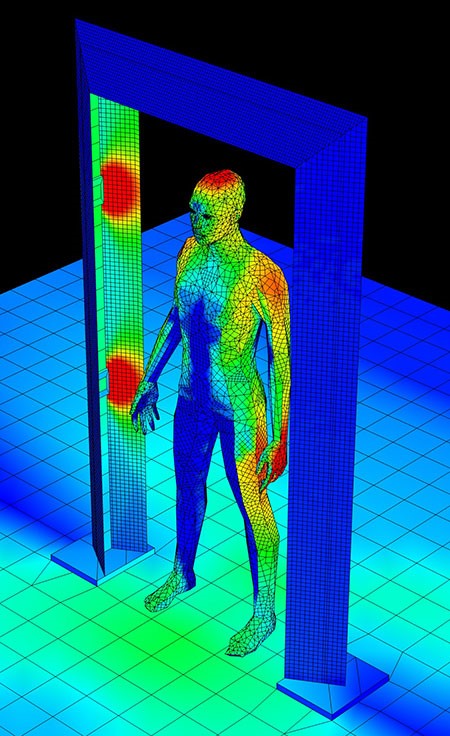According to scientists, pathogens on surfaces, in the air and in water have long been recognized to be killed by ultraviolet (UV) radiation. UV robots are used to clean vacant hospital rooms, buses, and trains; UV bulbs in HVAC systems are used to eradicate diseases from the air in buildings; and UV lamps are used to destroy bugs in drinking water sources. UV light has a long history as a disinfectant, and UV light kills coronavirus (SARS-CoV-2) easily, which produces COVID-19, harmless. The dilemma is how to effectively use UV light to stop the virus from spreading and preserve people’s health as they work, study, and shop inside. The virus may spread in a variety of ways. Person-to-person contact is the predominant mode of transmission, with aerosols and droplets released when an infected person breathes, speaks, sings, or coughs. When people contact their faces quickly after touching surfaces that have been polluted by sick people, the virus may be transferred. This is especially concerning in health-care settings, retail environments where customers regularly touch counters and items, and public transportation such as buses, trains, and airlines. Receive our most recent science, health, and technology news. Subscribe to the science email from The Conversation.
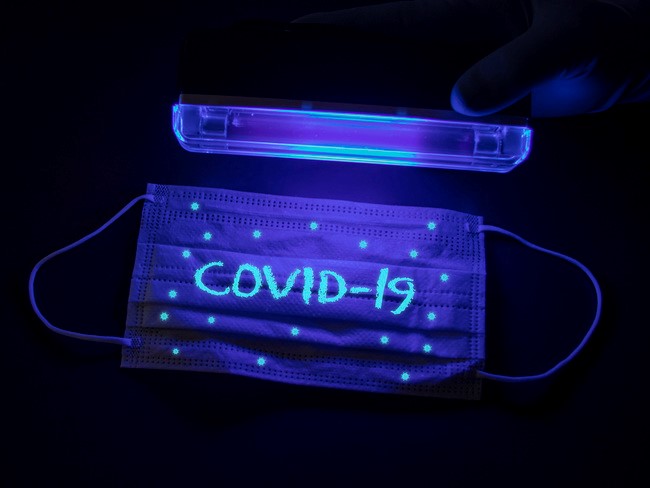
What is UV light and how does it work?
Nanometers, or millionths of a millimeter, are used to measure electromagnetic radiation, which includes radio waves, visible light, and X-rays. UV irradiation has wavelengths of 100 to 400 nanometers, which are slightly beyond the violet section of the visible light spectrum and are thus invisible to the naked eye. The UV-A, UV-B, and UV-C areas, which are 315-400 nanometers, 280-315 nanometers, and 200-280 nanometers, respectively, are classified into UV-A, UV-B, and UV-C. UV wavelengths below 300 nanometers are filtered out by the ozone layer in the atmosphere, which prevents UV-C from reaching the Earth’s surface.
In my mind, UV-A is the sun-tanning range and UV-B is the sun-burning range. UV-B in high enough concentrations may cause skin lesions and cancer. The most efficient wavelengths for destroying infections are found in UV-C. UV-C rays are also harmful to the skin and eyes. Designed for disinfection, artificial UV light sources produce light in the UV-C range or a wide spectrum that includes UV-C.
Perhaps you’ve seen UV wands, UV LEDs, and UV air purifiers touted as “silver bullets” for protecting against the coronavirus. These products are not, however, effective. Despite decades of study into the potential of UV light to kill a wide range of diseases, there is currently no established criteria that UV light kills coronavirus. These products may be effective in killing SARS-CoV-2, the virus that is responsible for COVID-19, but they may potentially be ineffective.
Related Article: Does your child drink water from a private well?
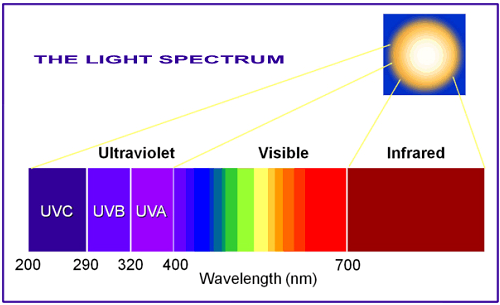
What is the mechanism through which UV light kills coronavirus?
Light is classified according to its wavelength, which is defined as the distance between the peaks of a wave of light and measured in nanometers. UV wavelengths vary from 100 to 400 nanometers in length, which is shorter in wavelength than the violet colors of visible light. They are invisible to the human eye because they have shorter wavelengths. As the wavelength of light shortens, the amount of energy contained in photons of light increases. In order to inactivate viruses, several wavelengths of UV light are used. The effectiveness of each wavelength is dependent on how efficiently the wavelengths are absorbed by the virus’s DNA or RNA.
When UV light is absorbed, the photons of light transmit their energy to the genetic material and cause damage to the chemical bonds that hold it together. The virus is subsequently rendered ineffective in terms of replication and infection. UV radiation is also known to be harmful to the proteins that viruses use to connect to a host cell and begin infection, such as the spike proteins on coronaviruses, according to the findings of researchers, and the researchers discovered that UV radiation is also known to be harmful to the proteins that viruses use to connect to a host cell and begin infection.
The nucleic acids that make up DNA and RNA absorb UV photons between 200 and 300 nanometers pretty well, while photons below 240 nanometers are also highly absorbed by proteins. The absorbed energy damages these vital proteins, making the genetic material inside a virus particle or bacterium unable to multiply or induce infection, thereby inactivating the pathogen. In this germicidal spectrum, a pathogen is normally inactivated by a relatively low amount of UV radiation. The UV dosage is determined by the light source’s intensity and exposure time. Higher intensity sources need shorter exposure durations for a given necessary dosage, whereas lower intensity sources require longer exposure times. It is also important to have enough light.
Depending on its intensity, light may have different properties. For example, brilliant light is more intense than dull light, and it contains more energy. The same amount of UV radiation may be produced by being exposed to a bright light for a short length of time as being exposed to a dim light for a longer period of time. You must be aware that the optimal dosage of UV light kills coronavirus.
related article: What Is a Toothbrush Sanitizer?
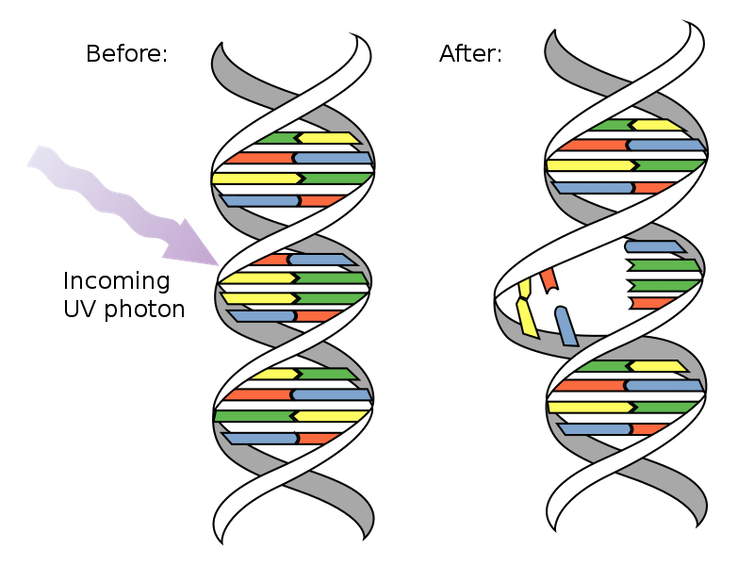
Is ultraviolet C (UV-C) safe for people to be exposed to?
Traditional UV systems operate at or around 254 nanometers in wavelength. Even at modest dosages, the light at these wavelengths is harmful to the skin and eyes of humans. UV light with wavelengths close to these is present in sunlight; anybody who has ever suffered from a terrible sunburn is well aware of the dangers of UV light. A recent study, however, has shown that at particular UV wavelengths – notably those below 230 nanometers – the high-energy photons are absorbed by the top layers of dead skin cells and do not permeate into the active skin layers, where harm is likely to take place. Similarly, the tear layer surrounding the eyes acts as a barrier against this germicidal UV radiation.
This implies that when humans are exposed to UV radiation with wavelengths of less than 230 nanometers, they may move about more freely while the air around them is being continuously cleaned. Consider what it would be like if everyone could stroll around continually surrounded by UV-C light. In the event that you are infected and shedding the virus, UV light kills coronavirus that reaches the UV zone surrounding you, as well as any viruses that escape from your nose or mouth. The light would also disinfect your skin before your hand comes into contact with your mouth or eyes.
It is plausible that this scenario may become technologically feasible in the near future, but the health hazards are a serious source of worry. The potential of Far UV-C for cleaning microorganisms in a safe manner throws up a plethora of opportunities for UV applications. It has also resulted in some premature and perhaps dangerous applications. Some companies are installing UV portals that irradiate individuals as they pass through the entrance. While it is possible that this device would not inflict significant injury or skin damage in the short seconds spent going through the portal, the minimal dosage supplied and the ability to sterilize clothes would make it unlikely that it would be useful in preventing viral transmission.
Most significantly, eye safety and long-term exposure have not been thoroughly investigated, and these sorts of gadgets must be controlled and clinically confirmed before they can be utilized in public places. It is also necessary to understand the influence of ongoing germicidal irradiation exposure on the total microbiome of the surrounding environment. Given that more studies on far UV-C have demonstrated that exposure to human skin is not harmful, and that studies on eye exposure have revealed no harm, it is possible that validated far UV-C light systems installed in public places could support efforts to control viral transmission for SARS-CoV-2 and other potential airborne viral pathogens, both now and in the future.
related article: How UV-C LED Light Can Help your Rental Customers
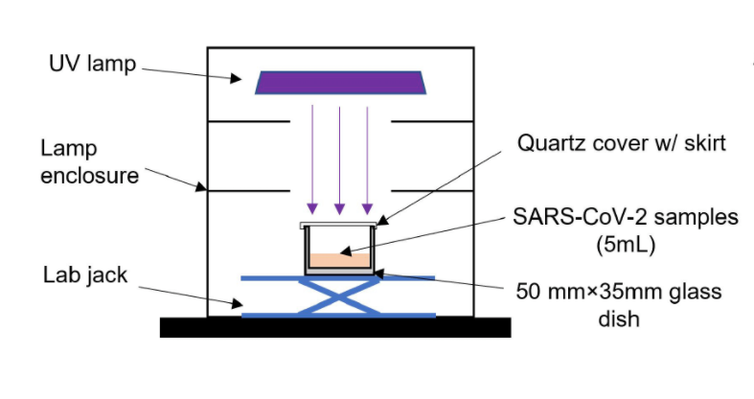
Experiencing various wavelengths
Scientists investigated five regularly used UV wavelengths to see which ones were most effective at inactivating SARS-CoV-2. To be more specific, they looked into how high a dosage is needed so that UV light kills coronavirus particles at 90 percent to 99.9 percent in a given sample. They conducted these studies in the University of Arizona’s biosafety level three laboratory, which is designed to handle diseases that are potentially dangerous. It was there that they tried out a wide range of UV lights, including UV LEDs that make light at 270 and 282 nanometers, UV tubes that make light at 254 nanometers, and a newer technology called an excimer UV source that makes light at 222 nanometers.
To put each gadget through its paces, they injected a sample of water with millions of SARS-CoV-2 viruses and covered a petri plate with a thin coating of the resulting mix. The petri dish was then exposed to UV light until a specified dosage was obtained. Finally, they tested the viral particles to determine whether they could still infect human cells in culture after being removed from the cells. If the viruses were able to infect the cells, this indicates that the dosage was insufficient. Assuming that the viruses did not induce infection, the UV source would have been effective in killing the pathogen at that level. With great caution, they repeated this procedure for a variety of UV dosages, using the five different UV devices in turn.
While all of the wavelengths we evaluated were capable of inactivating SARS-CoV-2 at very low doses, the devices that emitted UV light at a wavelength of 222 nanometers were the ones that needed the least amount of light. In their experiment, they found that a dosage of less than 2 millijoules of energy per square centimeter was sufficient to destroy 99.9 percent of virus particles during our experiment. In practice, this means that it takes around 20 seconds to disinfect an area exposed to a modest intensity of short-wavelength UV radiation, such as the one utilized in their experiment.
They are about twice as effective as standard UV tube lamps, which are often employed in UV disinfection systems because of their 222-nanometer wavelength. Importantly, the winning light also happens to be the safest for people, which is a rare occurrence these days. When exposed to 222-nanometer light at the same UV light intensity that kills 99.9 percent of SARS-CoV-2 in 20 seconds, a human might be exposed to the virus for up to one hour and twenty minutes without becoming sick. This indicates that UV lights kill coronavirus. Since these lamps are readily accessible, they may be used to safely reduce levels of the coronavirus in the presence of human beings.
related article: Does using the mechanism of UV light on food items kill the coronavirus?
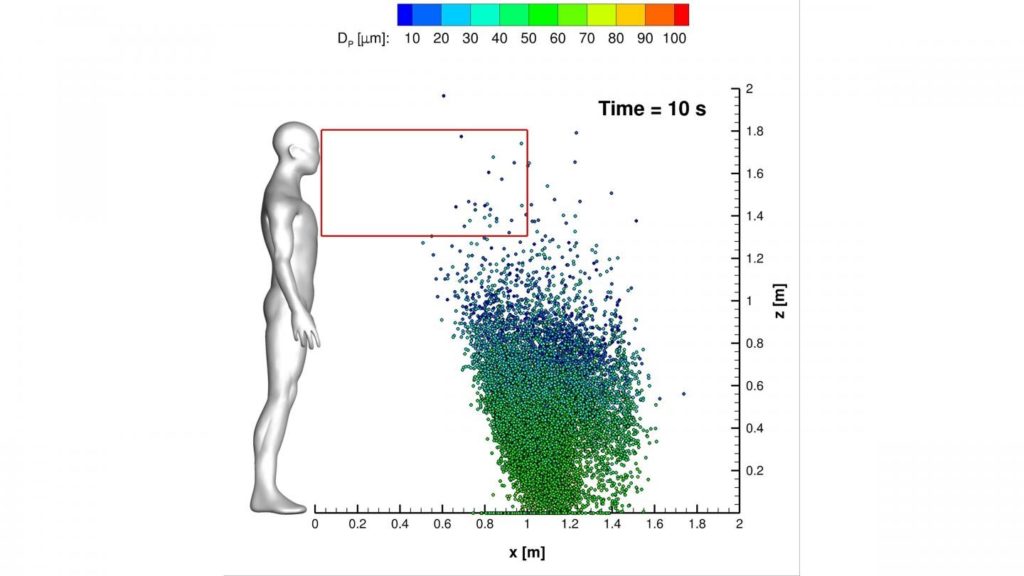
Making better use of current technology
Many sites and organizations, ranging from the United States Air Force to the Space Needle in Seattle to Boeing, are already using or studying the use of UV light in the 222 nanometer range to preserve public health and the environment. ” Our results are significant because we quantify the precise dosages required to achieve different degrees of SARS-CoV-2 control until UV lights kill coronavirus, whether that be eliminating 90 percent or 99.9 percent of virus particles,” says the lead author.
Consider how this technology will make coffee shops, grocery stores, school classrooms, restaurants, and music venues safer in the future. Not only that, but this isn’t a solution for simply SARS-CoV-2. The use of these technologies might aid in the protection of human health in public places not just during times of crisis, but also during periods of relative normality by minimizing exposure to common viral and bacterial risks in public places.
